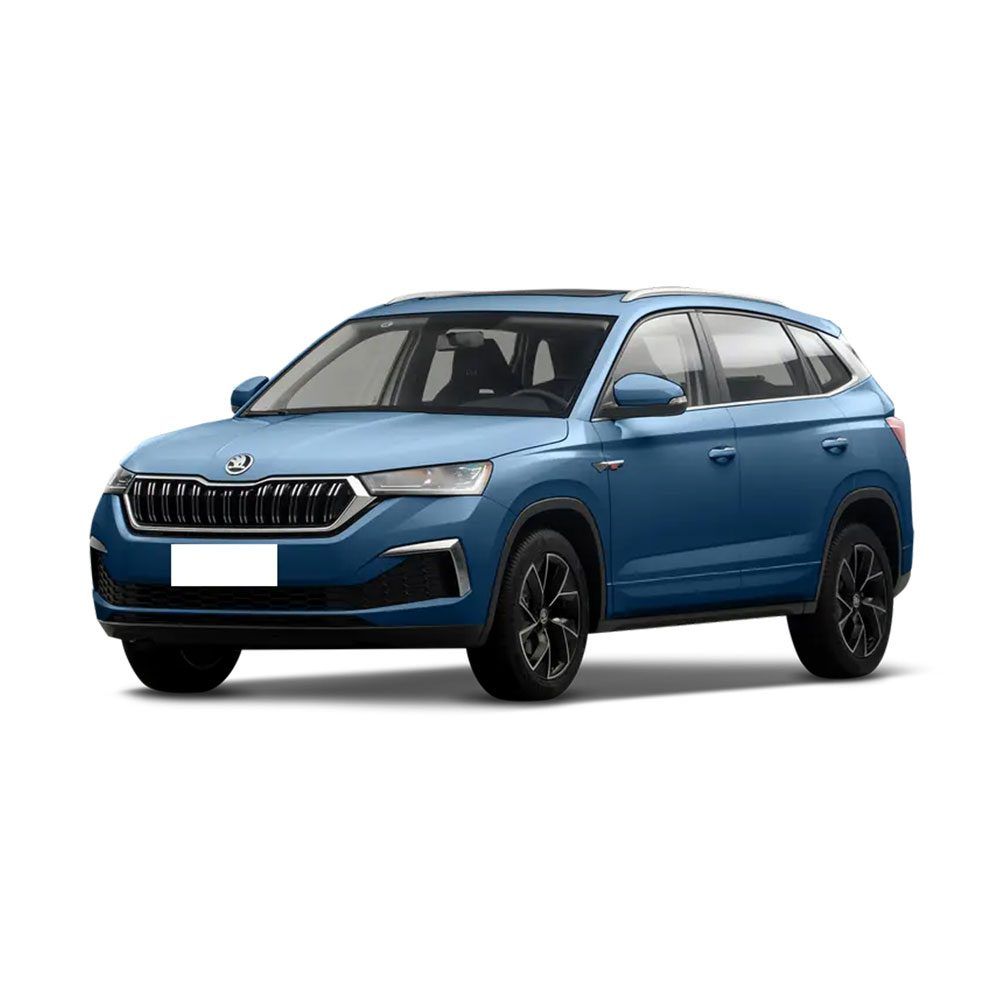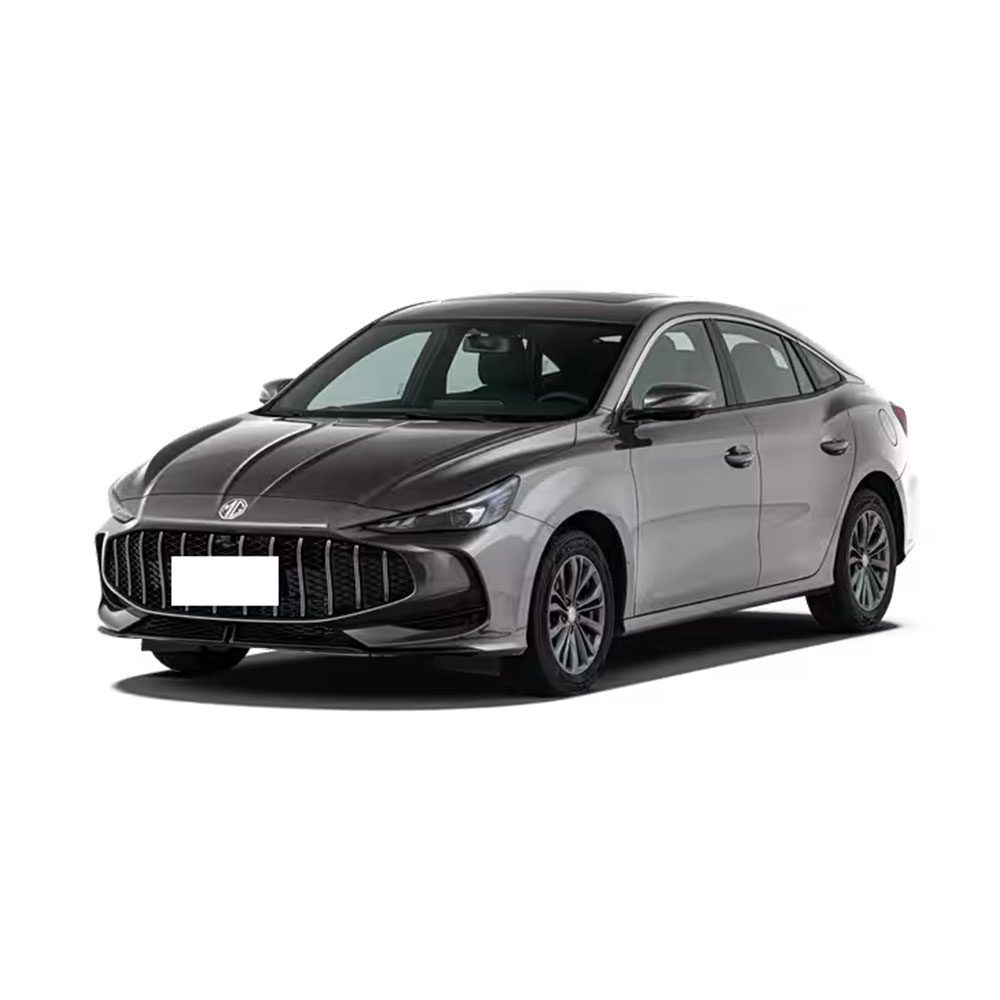Are Chinese Cars Good? Are Chinese Cars Worth Buying?
Are Chinese Cars Good? Are Chinese Cars Worth Buying?
Are Chinese cars good? Are Chinese cars worth buying? This is surely a question many overseas users unfamiliar with Chinese cars want answered. Historically, mentioning Chinese cars would immediately evoke the label “cheap and low-quality.” However, with the rise of Chinese automobiles in recent years, particularly in electric vehicles where China has become a global leader, we can definitively say: Chinese cars are very good and very worth buying. Let’s explore this in depth!
I. The Technological Revolution Brings a Leap in Hard Power for Chinese Cars
Chinese cars, especially new energy vehicles (NEVs), have completed a stunning transformation from “followers” to “leaders.”
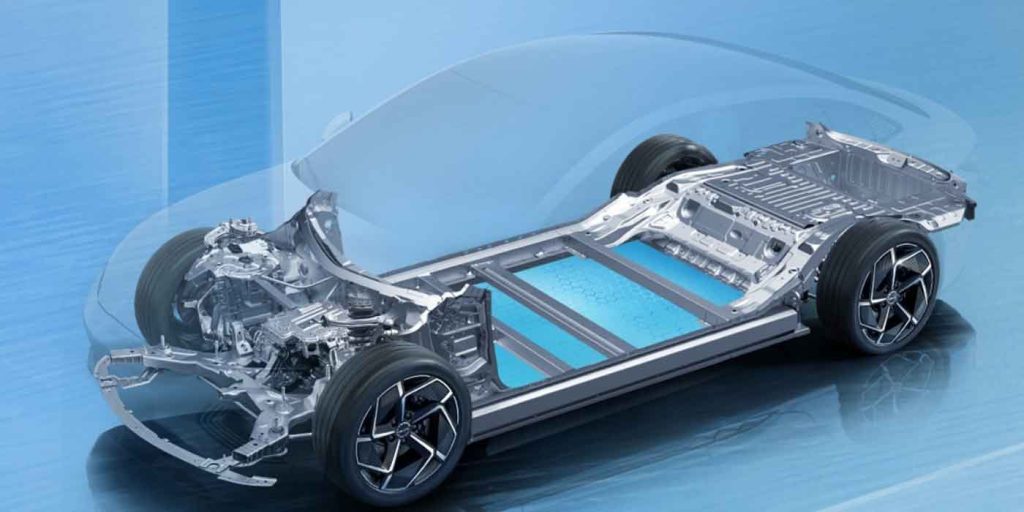
Breakthroughs in core three-electric technology (battery, motor, electronic control) form the cornerstone of China’s automotive rise. China produces 60% of the world’s power batteries, enabling Chinese EVs to have 30%-40% lower unit costs than their European and American counterparts. “Black tech” like BYD’s Blade Battery and CATL’s Qilin Battery have pushed driving ranges beyond 1,000 kilometers, achieving ultra-fast charging capabilities like “200 km range with a 5-minute charge.”
Intelligence has become another ace for Chinese cars. Systems like Huawei’s ADS 2.0 autonomous driving and XPeng’s XNGP city navigation assistance outperform many traditional luxury brands in complex road conditions. Models like the Leapmotor B10 have even brought lidar technology down to the 100,000-yuan market segment, enabling advanced urban autonomous driving.
Adaptability to extreme environments is also remarkable. Catering to specific regional needs, Chinese automakers have developed batteries resistant to high heat and humidity (Southeast Asia), ethanol hybrid models (Latin America), and winter-specific models that maintain 75% range in extreme cold as low as -20°C.
II. Chinese Cars Selling Globally
Market performance tells the real story. In the first half of 2025, BYD’s overseas sales exceeded 470,000 units, a 132% year-on-year increase – a figure surpassing its total overseas sales for all of 2024. More notably, Chinese brands are making significant inroads in developed markets:
- In Europe: BYD broke 10,000 monthly sales in Spain, with growth soaring 756.1% and market share reaching 9.7%. In Italy, its H1 registrations exceeded 9,000 units, breaking the 10% market share barrier.
- In Southeast Asia: BYD captured 35% of Thailand’s pure electric vehicle market, winning both the NEV and BEV sales championships.
- In the Middle East: Avatr’s premium models have become the “new favorite” of the wealthy in Saudi Arabia and the UAE, with long-range versions (500+ km) perfectly suited for desert regions.
- In Latin America: BYD retained its title as Brazil’s NEV sales champion, with H1 2025 sales reaching 47,000 units – more than double the combined sales of the 2nd to 10th place brands.
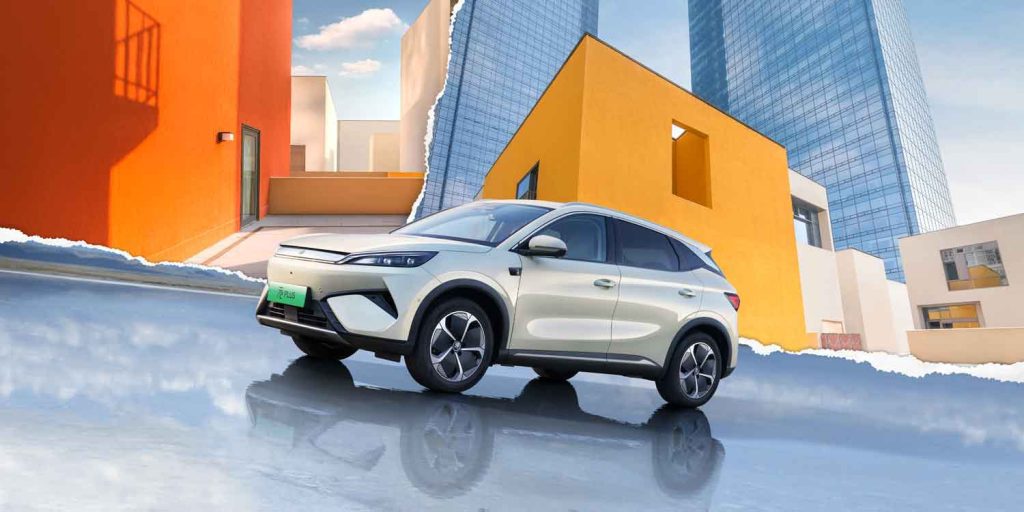
Several models have become regional market leaders: the BYD Yuan PLUS “halved” Toyota’s sales in Singapore; the XPeng X9 broke the monthly MPV sales record in Hong Kong; and the BYD Song Plus DM-i saw sales surge 620% in the UK.
III. Chinese Cars: The Kings of Value for Money
The core competitive edge driving Chinese cars’ rapid global expansion is their unparalleled “technology accessibility.”
- Entry-level market: The Wuling Bingo PLUS starts at just ¥56,800 (~$7,838 USD), with electricity costs of ¥0.05/km (~$0.007/km), resulting in annual commuting costs of only ¥600 (~$83 USD).
- Family cars: The Roewe D7 DMH achieves a verified full-fuel-full-electric range of 2,208 km (1,372 miles) – equivalent to driving from Beijing to Guangzhou. Its fuel consumption under battery-depletion mode is only 2.49L/100km, saving up to ¥7,200 (~$994 USD) annually compared to gasoline cars.
- Luxury experience: The XPeng X9, priced at ¥350,000-450,000 (~$48,275-$62,068 USD), directly competes with and outperforms the Toyota Alphard and Mercedes-Benz V-Class in markets like Hong Kong and Thailand, earning the nickname “Flexible Monster.”
Even with the EU imposing 35.3% tariffs, European consumers are still willing to buy Chinese EVs because similarly equipped models remain 20%-30% cheaper than European brands. The economic advantage of Chinese EVs costing only ¥0.1/km (~$0.014/km) becomes especially attractive when European gasoline prices reach €2.1 per liter.
IV. Challenges and Limitations Facing Chinese Cars
Despite strong momentum, Chinese cars still face challenges in global expansion:
- Charging Infrastructure: Europe’s charging pile density is low (only Germany’s density reaches 1/5 of China’s). Coverage outside Bangkok in Thailand is less than 10%. Caution is needed in areas with inconvenient charging.
- Policy Risks: Tariffs imposed by the EU, UK, and others, or subsidy thresholds, along with Brazil’s planned reinstatement of 35% import tariffs in 2026, may impact final prices.
- Cold Climate Limitations: While cold resistance has improved (75% range retention at -20°C), gaps remain compared to gasoline vehicles in extremely cold regions.
- Brand Perception Shift: Stereotypes about Chinese cars persist in some markets, requiring time to build recognition for premium offerings.
V. Chinese Car Buying Guide
For consumers with different needs, we recommend:
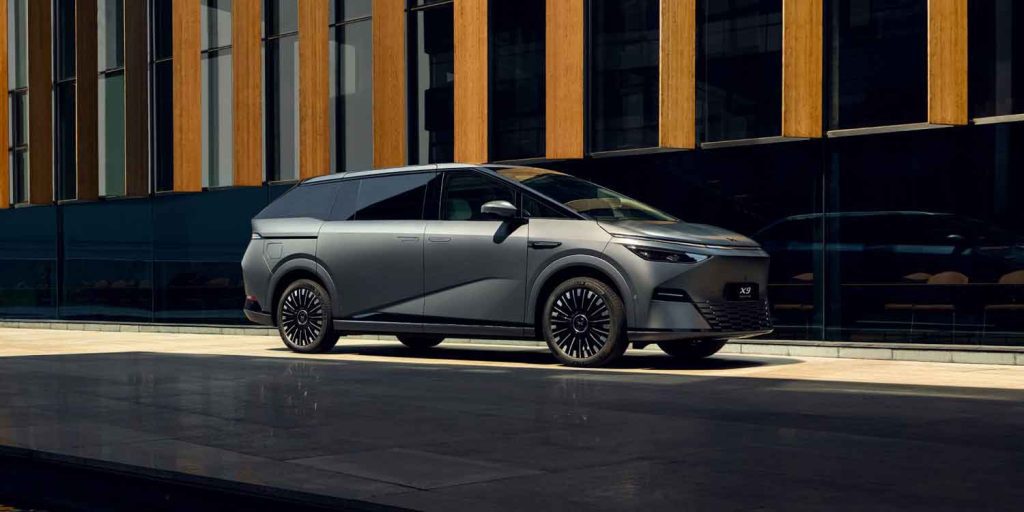
- Family Users: Choose plug-in hybrid models like the Roewe D7 DMH, combining a large 2810mm wheelbase with an ultra-long 2208km range.
- Tech Enthusiasts: Consider models equipped with lidar like the Leapmotor B10 or Huawei ADS systems to experience cutting-edge autonomous driving.
- Urban Commuters: The Wuling Bingo PLUS or Roewe pure electric D6 offer ultra-low operating costs and mature technology.
- Premium Business Users: The XPeng X9, with rear-wheel steering and transformative space, has proven its value in high-end markets like Hong Kong.
- Long-distance/Cold Region Users: Consider Chinese brand hybrid models (e.g., BYD DM-i), with fuel consumption as low as 3L/100km.
Before purchasing, verify configuration details: Use the Vehicle Identification Number (VIN) to confirm battery capacity (e.g., look for the 7th digit “E” for CATL Qilin Battery). Use tools like “Practice Check Car” to query vehicle history and avoid odometer rollback traps.
Final Words:
You can confidently choose Chinese cars. Their safety, performance, practicality, and value for money are no worse than cars from other countries, and they lead in many technologies. If you want to buy a Chinese car, the following blogs can help you:
